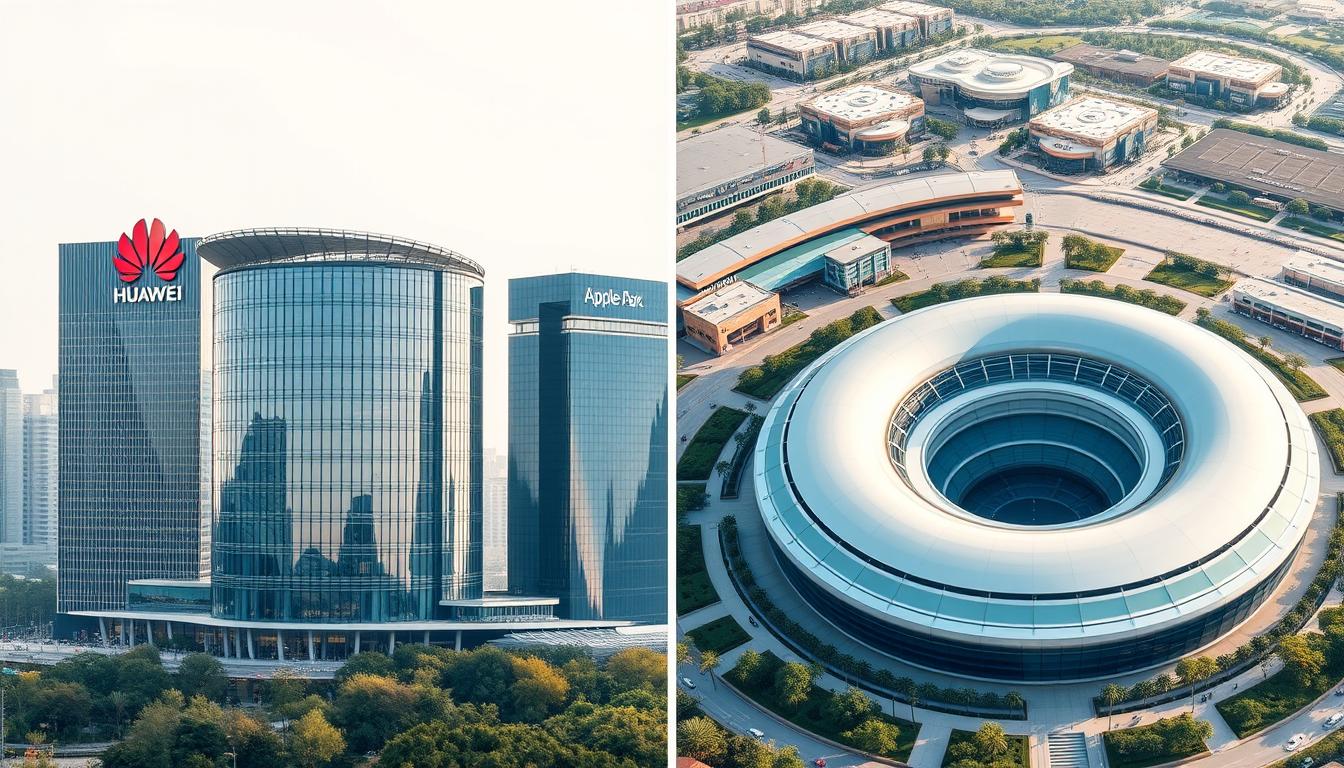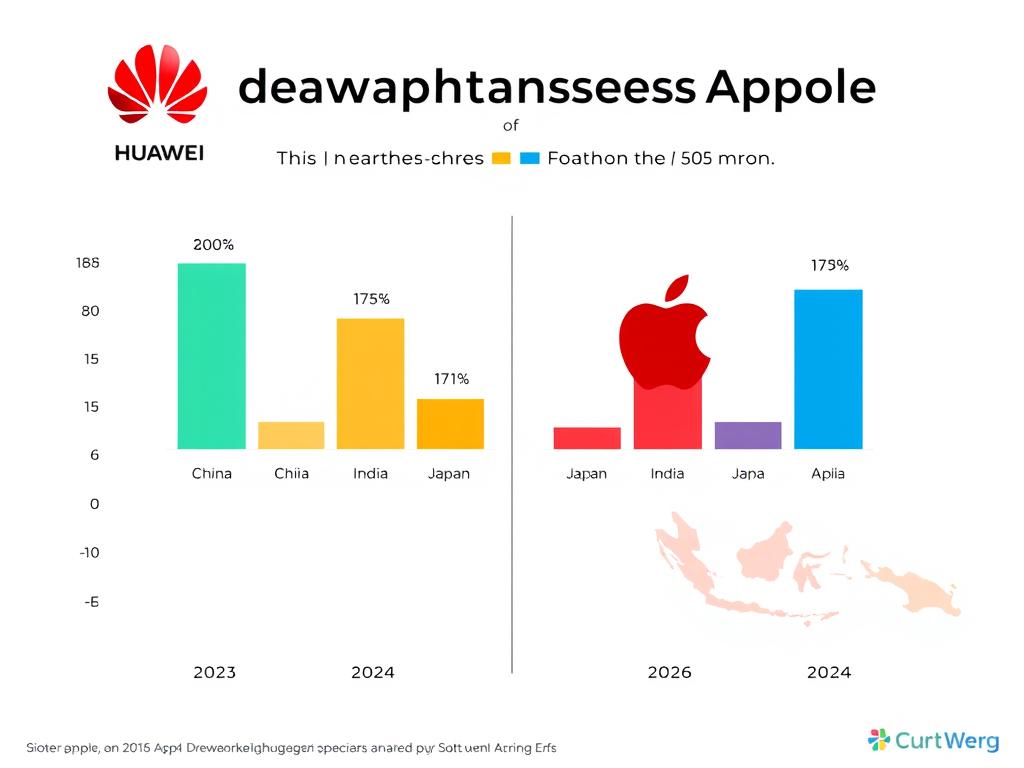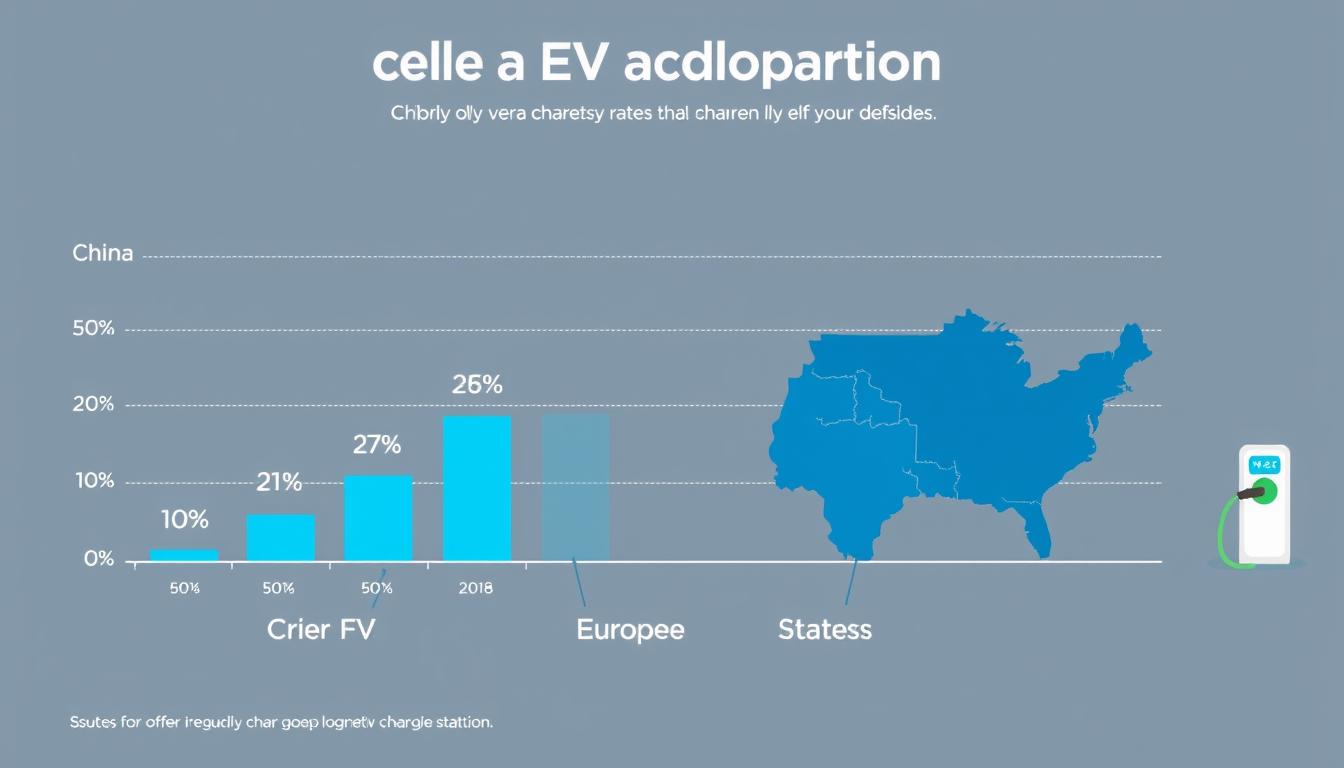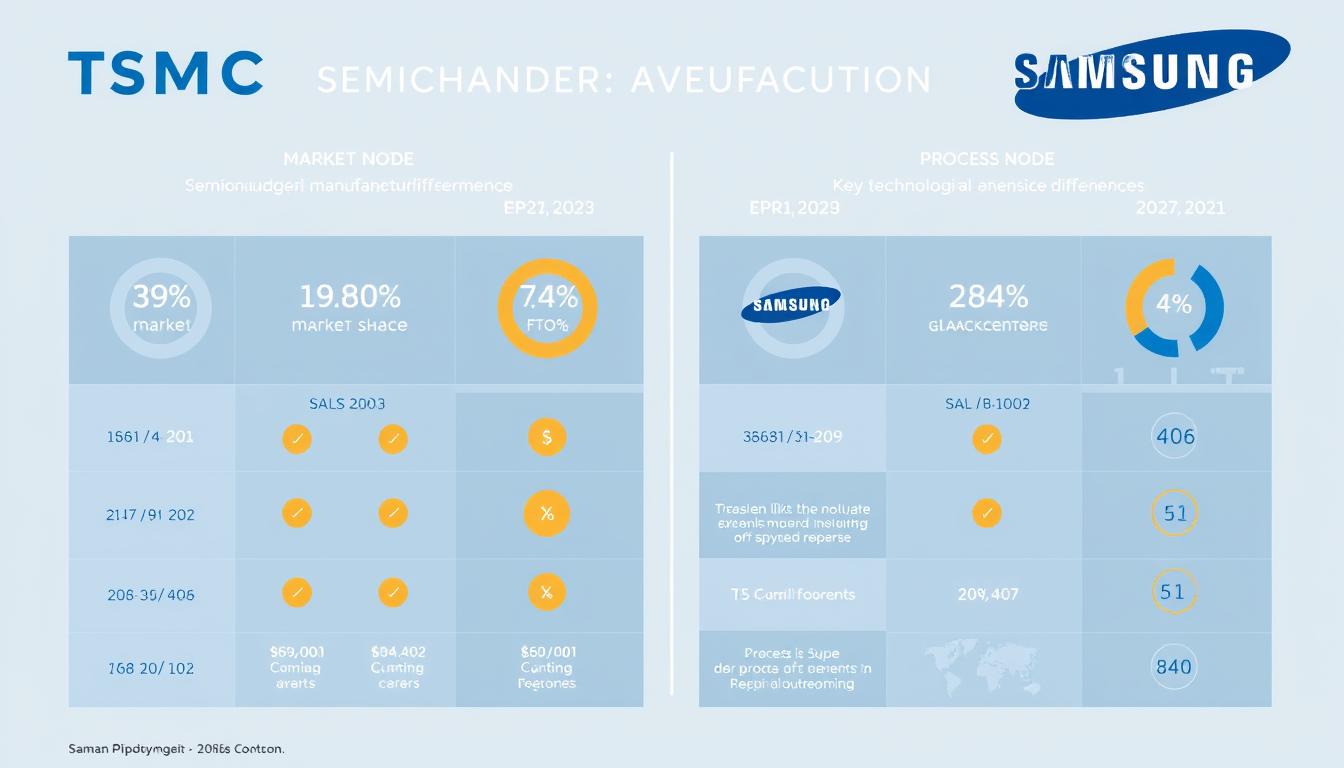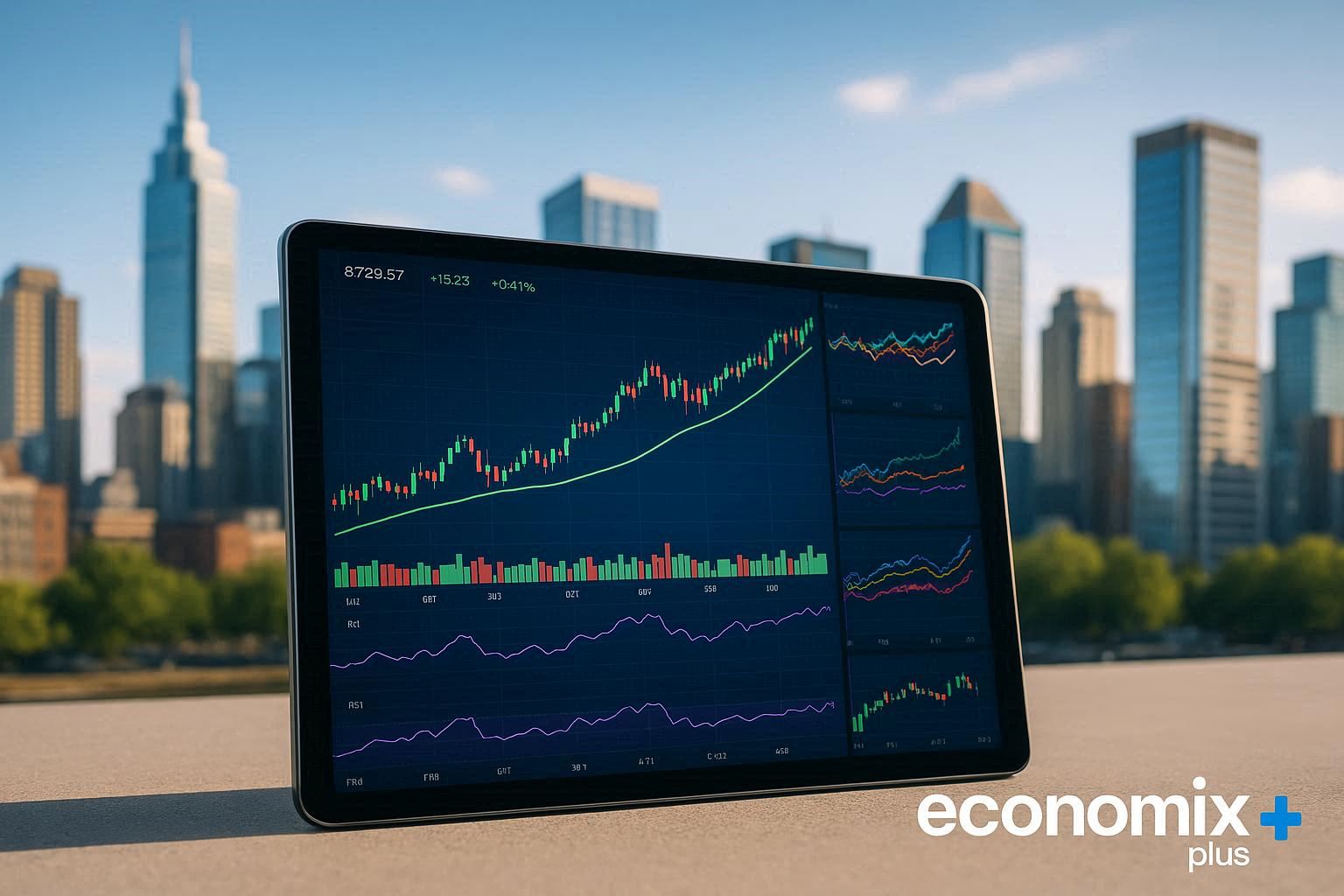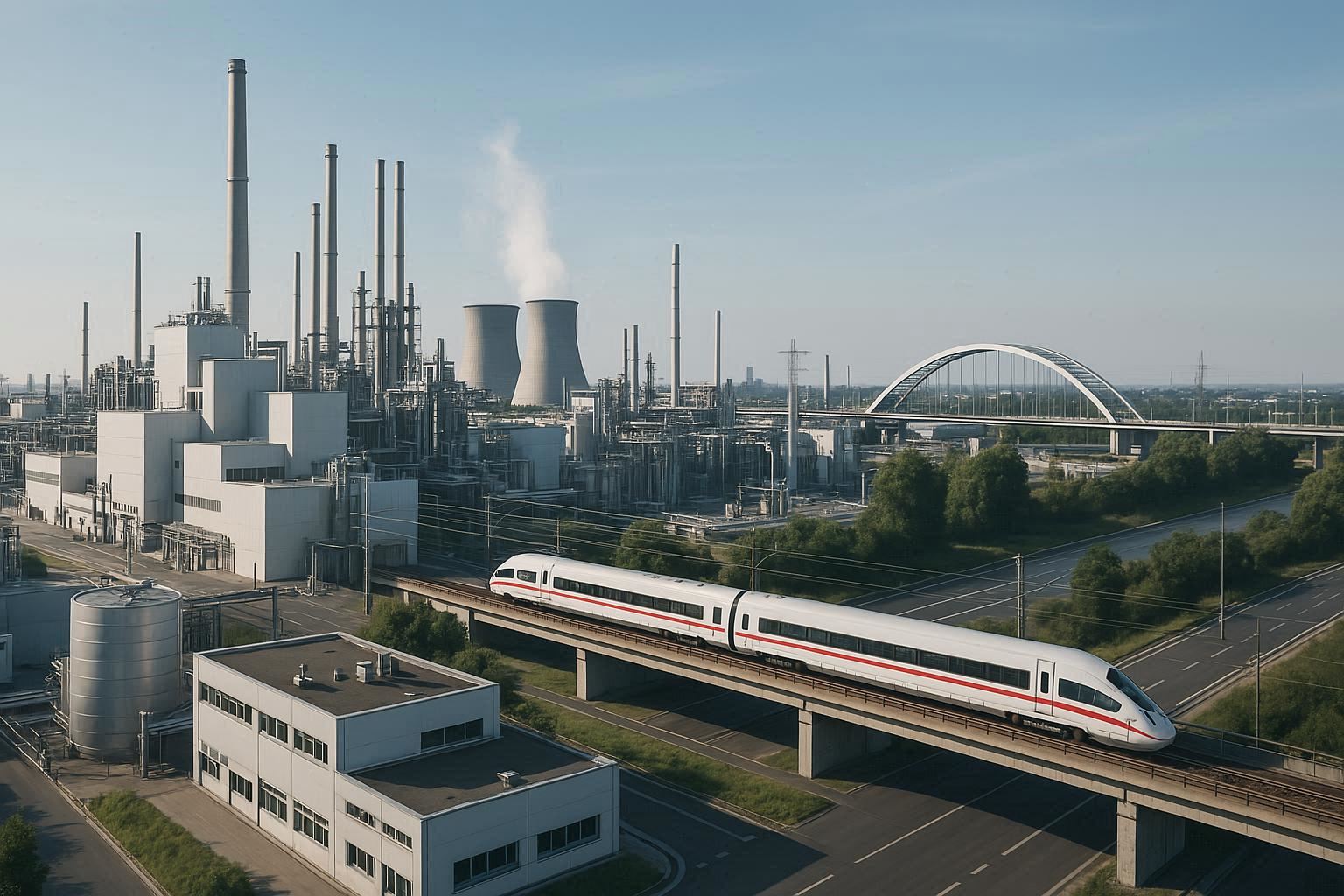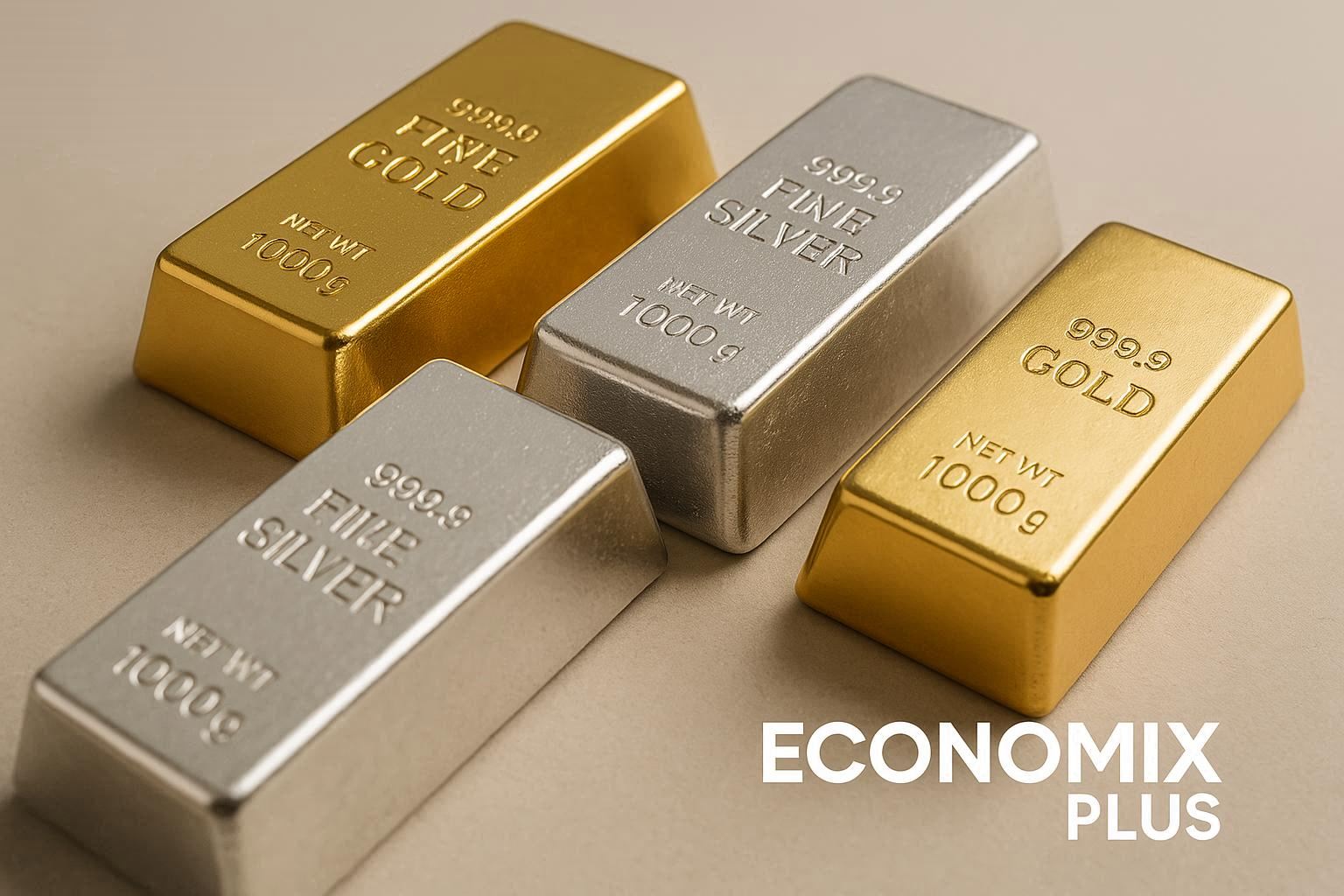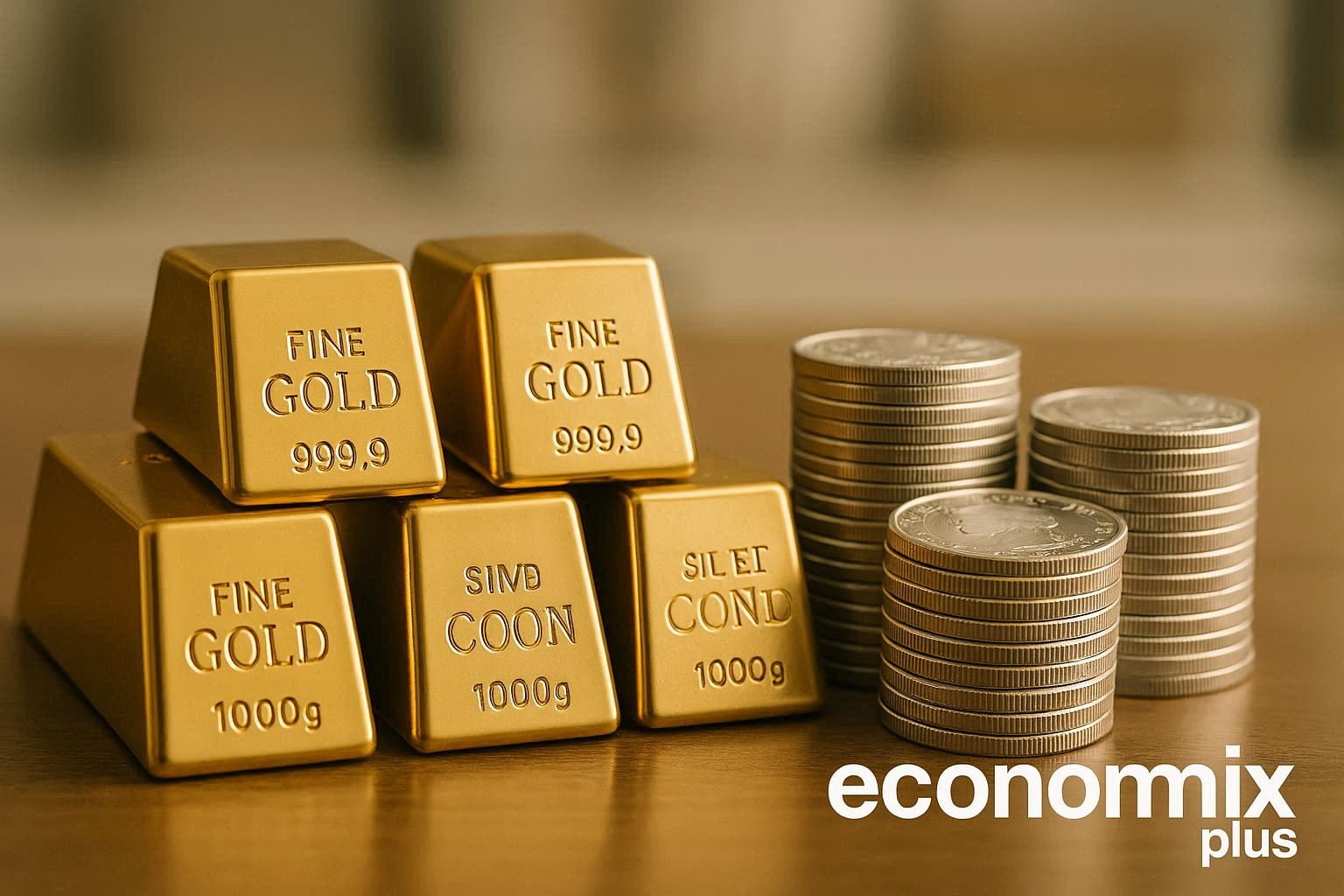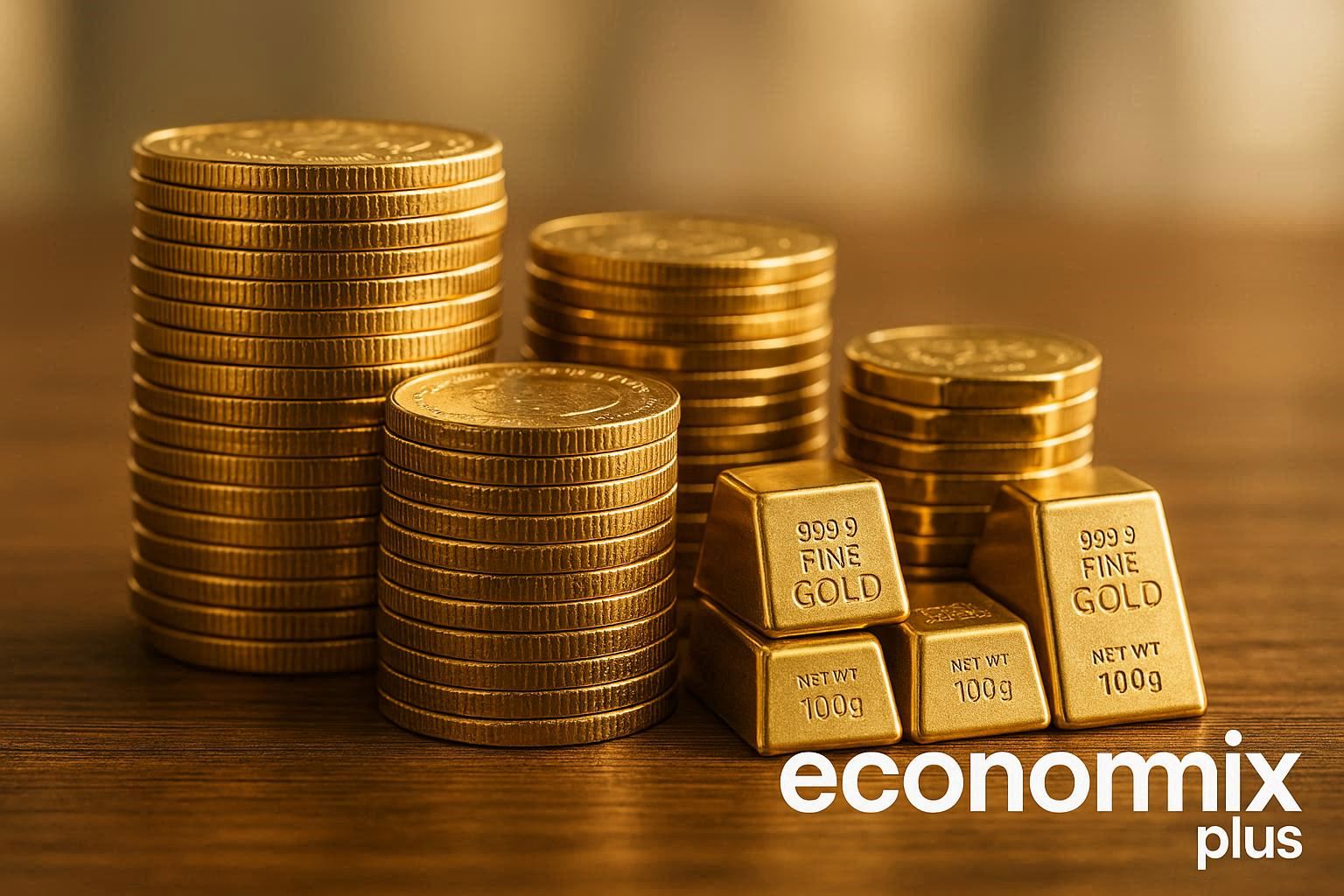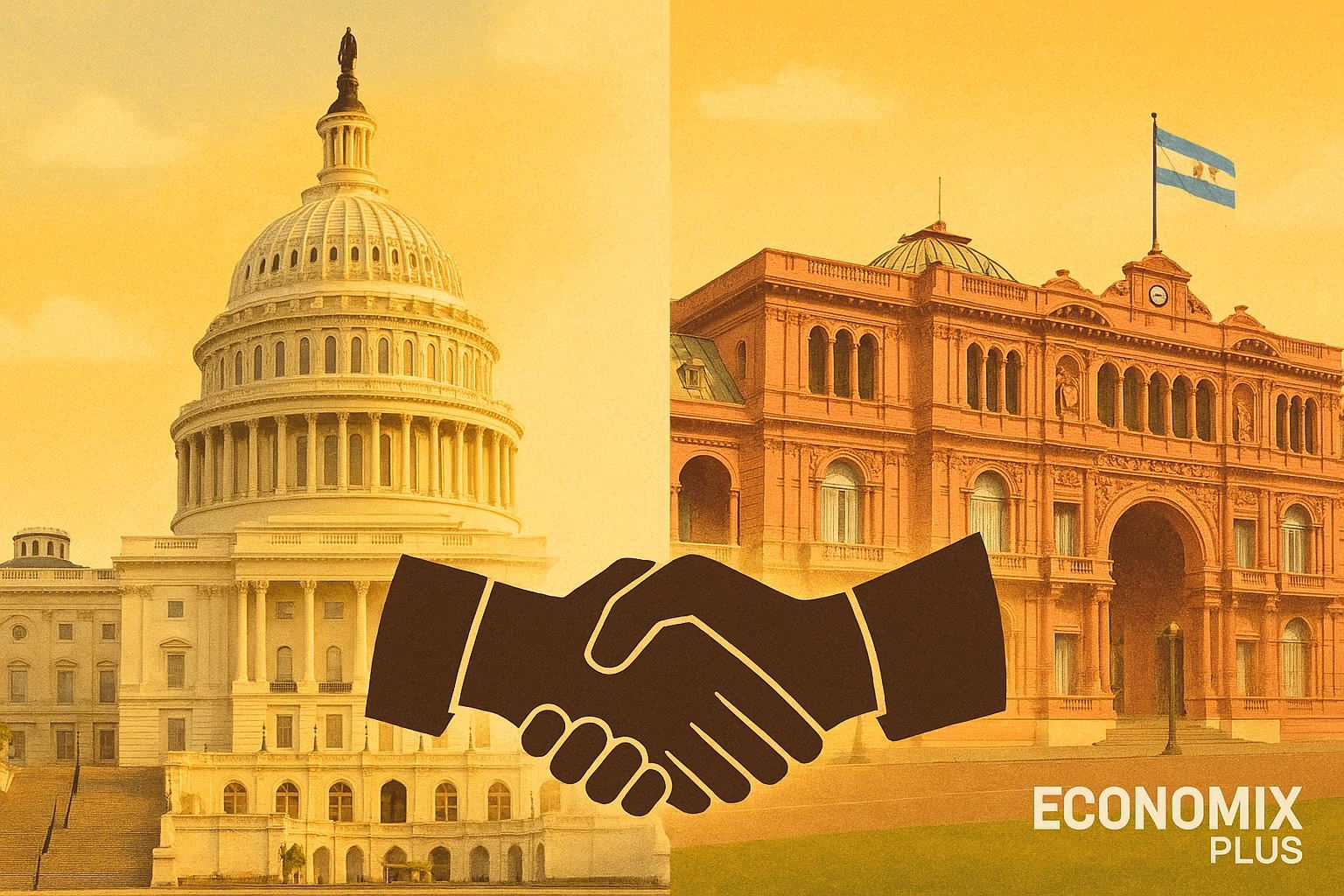The battle for smartphone supremacy in Asia has intensified dramatically in recent years, with Huawei and Apple emerging as the key contenders. While Apple maintains its global premium brand status, Huawei has demonstrated remarkable resilience and growth despite international challenges. This comprehensive analysis examines how these tech giants are positioning themselves across Asian markets, with particular focus on China’s evolving landscape where Huawei’s HarmonyOS recently surpassed iOS in market share.
1. Company Backgrounds and Strategic Vision
Founded in 1987 by Ren Zhengfei, Huawei began as a telecommunications equipment provider before expanding into consumer electronics. The company’s mission centers on bringing digital connectivity to every person and organization. Huawei’s approach emphasizes technological self-sufficiency, particularly evident in its development of the HarmonyOS platform and Kirin chipsets.
Apple, established in 1976 by Steve Jobs, Steve Wozniak, and Ronald Wayne, transformed from a personal computer manufacturer into a global technology leader. The company’s philosophy of creating seamlessly integrated hardware, software, and services has guided its product development. Apple’s strategic vision prioritizes premium user experiences, ecosystem cohesion, and privacy-focused technology.
While both companies pursue innovation, their foundational approaches differ significantly. Huawei adopts a broad market strategy with diverse product offerings across price points, while Apple maintains its focus on the premium segment with a more limited but highly refined product line.
2. Core Specialization and Market Positioning
Huawei’s Approach
Huawei’s core strength lies in telecommunications infrastructure, particularly in 5G technology where it maintains global leadership despite international restrictions. In consumer electronics, the company offers a wide range of products across various price points, from budget-friendly options to premium flagships like the Mate series.
The company’s diversified portfolio includes smartphones, tablets, laptops, wearables, and smart home devices. This broad approach allows Huawei to capture different market segments while building its ecosystem. Following U.S. sanctions, Huawei accelerated development of HarmonyOS, positioning it as an alternative to Android and iOS.
Apple’s Strategy
Apple maintains a premium-only positioning across all Asian markets, with minimal product diversification compared to competitors. The company’s strength comes from its tightly integrated ecosystem spanning hardware (iPhone, iPad, Mac) and services (App Store, Apple Music, iCloud).
This ecosystem creates significant switching costs for users, encouraging loyalty and repeat purchases. Apple’s controlled hardware-software integration allows for optimization that Android manufacturers struggle to match. In Asia, Apple positions itself as an aspirational brand, particularly appealing to the growing middle and upper classes.
3. Strengths and Weaknesses
Huawei Strengths
- Strong government relationships and support within China
- Comprehensive product range across all price points
- Growing self-sufficiency in software (HarmonyOS) and hardware (Kirin chips)
- Deep understanding of Asian consumer preferences
- Extensive retail presence across tier 1-3 cities in China and Southeast Asia
Huawei Weaknesses
- International restrictions limiting global component access
- App ecosystem limitations outside China
- Perception challenges in some markets regarding data security
- Limited presence in premium segments outside mainland China
- Dependency on Chinese market for majority of revenue
Apple Strengths
- Strong brand prestige and loyalty across Asian markets
- Vertically integrated ecosystem with high switching costs
- Superior control over hardware-software integration
- Strong privacy and security reputation
- Established services revenue stream (App Store, Apple Music)
Apple Weaknesses
- Limited product range at accessible price points
- Vulnerability to nationalist consumer sentiment in China
- Restrictions on Chinese government/SOE employee usage
- Heavy reliance on Chinese manufacturing
- Services like Apple Maps less developed in Asian markets
5. Innovation and Technological Edge
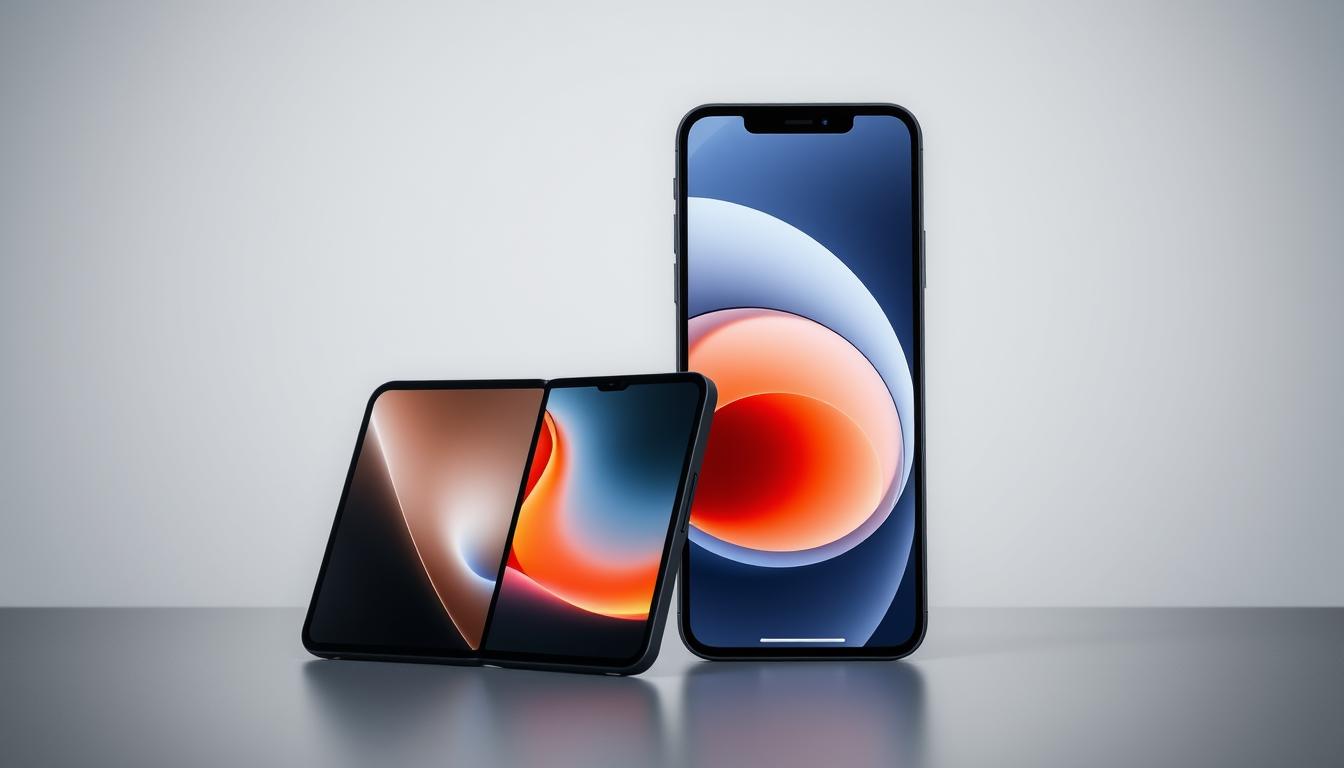
Chipset Development
Huawei’s Kirin processors, developed by subsidiary HiSilicon, have evolved significantly despite international restrictions. The latest Kirin 9000S chipset in the Mate 60 series demonstrates Huawei’s progress in semiconductor self-sufficiency. Apple’s A-series chips, particularly the A17 Pro, maintain performance advantages in single-core performance and energy efficiency, though the gap has narrowed.
Operating Systems
HarmonyOS, initially developed as a contingency plan following U.S. sanctions, has evolved into a comprehensive platform with over 800 million devices. While it shares some Android foundations, Huawei has increasingly differentiated its capabilities, particularly in cross-device functionality. iOS maintains advantages in app ecosystem quality and developer support across Asia, though this gap narrows significantly within China.
Camera Technology
Huawei’s partnership with Leica (until 2022) and subsequent in-house development has produced standout camera systems, particularly in zoom capabilities and low-light performance. Apple’s computational photography approach delivers consistent results with less manual intervention, appealing to casual photographers across Asian markets.
Form Factor Innovation
Huawei has taken more risks with form factors, exemplified by the tri-fold Mate XT priced at approximately $2,810. Apple maintains a more conservative approach to form factors but excels in refinement and reliability, values particularly important in markets like Japan and Singapore.
6. Sustainability and Corporate Responsibility
Huawei’s Initiatives
Huawei’s TECH4ALL program focuses on digital inclusion across Asia, with particular emphasis on rural connectivity in countries like Thailand, Bangladesh, and the Philippines. The company has committed to carbon neutrality in its operations by 2030 and implemented significant manufacturing efficiency improvements in its Shenzhen facilities.
In China, Huawei’s educational initiatives have trained over 400,000 ICT professionals. However, transparency regarding supply chain labor practices remains less comprehensive than some competitors.
Apple’s Approach
Apple has committed to complete carbon neutrality across its entire supply chain by 2030, with significant progress in its Asian manufacturing operations. The company’s supplier responsibility program has established strict standards for labor practices across its Asian manufacturing partners.
Apple’s recycling initiatives, including material recovery robots and trade-in programs, operate across major Asian markets. The company has also expanded renewable energy investments in China, Singapore, and Japan to support its manufacturing operations.
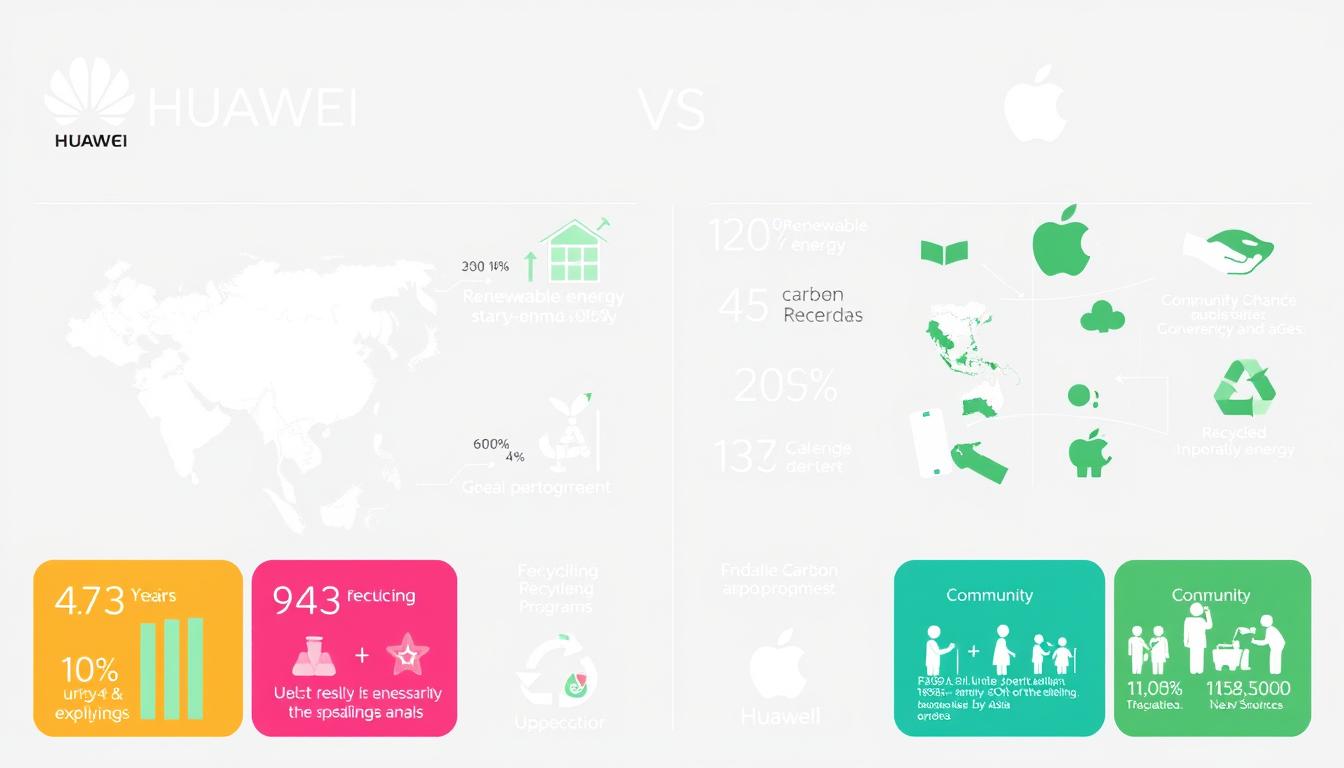
7. Financial Metrics and Investment Strategy in Asia
| Financial Metric | Huawei | Apple |
| Asia Revenue (2023) | $45.8 billion | $74.2 billion |
| China Revenue (2023) | $41.2 billion | $68.4 billion |
| R&D Investment (Asia) | $9.2 billion | $7.8 billion |
| Manufacturing Investment | $5.4 billion | $6.7 billion |
| Retail Expansion (2023) | 420 new stores | 18 new stores |
Investment Priorities
Huawei has prioritized R&D investments, particularly in semiconductor technology and software development to overcome international restrictions. The company has also expanded its retail presence aggressively across tier 2-3 Chinese cities and Southeast Asian markets.
Apple has focused investments on supply chain diversification, particularly in India and Vietnam, while maintaining premium retail experiences in major Asian urban centers. The company’s services investments have grown significantly, targeting high-ARPU customers across the region.
8. Brand Loyalty and Consumer Perception
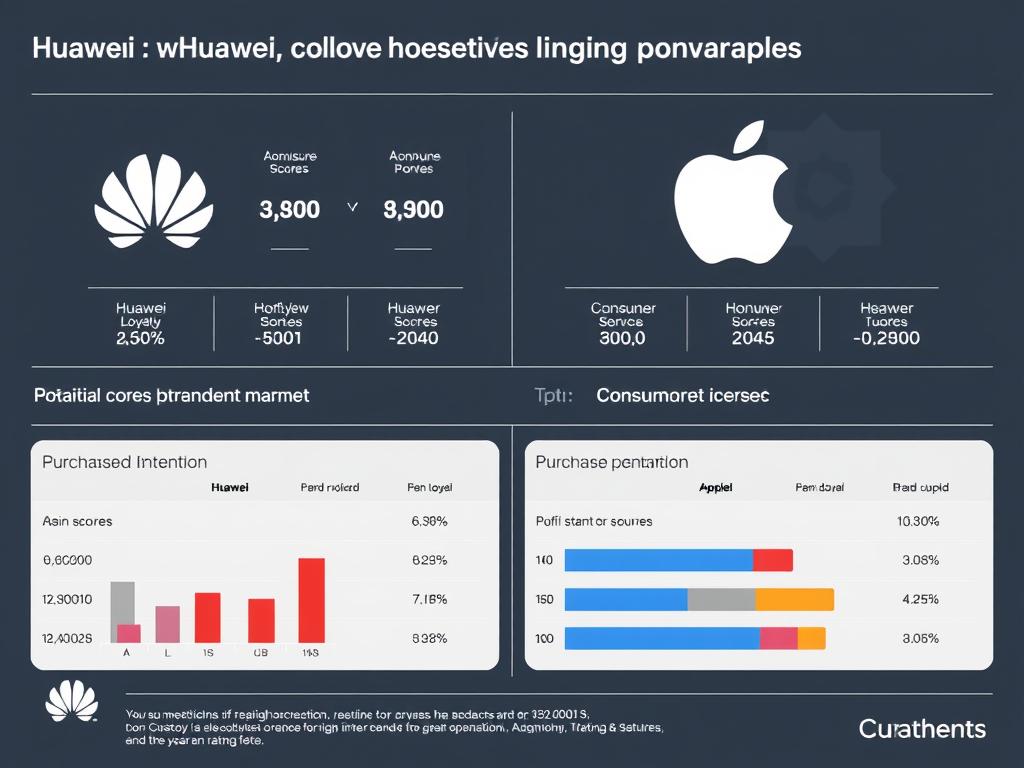
Cultural Relevance
Huawei benefits significantly from nationalist consumer sentiment in China, where purchasing domestic brands is increasingly viewed as patriotic. The company’s marketing emphasizes Chinese technological achievement and self-reliance. In other Asian markets, Huawei positions itself as offering superior value and understanding of local needs.
Apple maintains strong aspirational brand status across Asia, particularly among younger urban consumers. The company’s products serve as status symbols in many Asian markets, though this effect varies significantly by country. In Japan, Apple’s design philosophy aligns well with local aesthetic preferences.
Customer Retention
According to consumer research, Huawei achieves 76% customer retention in China but significantly lower rates in other Asian markets. Apple maintains approximately 89% retention across its Asian customer base, with highest loyalty in Japan (92%) and Singapore (90%).
Influencer Impact
Both companies leverage local celebrities and influencers, though their approaches differ. Huawei emphasizes technical capabilities and patriotic messaging through partnerships with Chinese celebrities and tech influencers. Apple focuses on creative professionals and lifestyle influencers who showcase integration with daily life.
9. Infrastructure and Distribution Networks
Huawei’s Network
- 6,000+ retail locations across Asia (4,800+ in China)
- Partnerships with 18 major e-commerce platforms
- Manufacturing concentrated in mainland China
- R&D centers in Shenzhen, Shanghai, Beijing, Singapore
- Direct distribution in most Asian markets
Apple’s Network
- 65+ Apple Stores across Asia (44 in Greater China)
- Extensive authorized reseller network (2,000+ locations)
- Manufacturing partners across China, India, Vietnam
- R&D centers in Shanghai, Shenzhen, Tokyo, Singapore
- Hybrid direct/partner distribution model
Retail Experience
Huawei has rapidly expanded its flagship store concept, creating premium retail environments that showcase its full ecosystem. These stores emphasize hands-on experiences with new technologies like AR and AI applications. The company maintains a much larger retail footprint than Apple, particularly in smaller Chinese cities.
Apple’s retail strategy focuses on fewer, higher-impact locations in premium shopping districts. The company’s stores serve as both sales channels and brand showcases, with significant investment in architecture and customer experience. Apple’s Today at Apple sessions have been adapted to local interests across Asian markets.
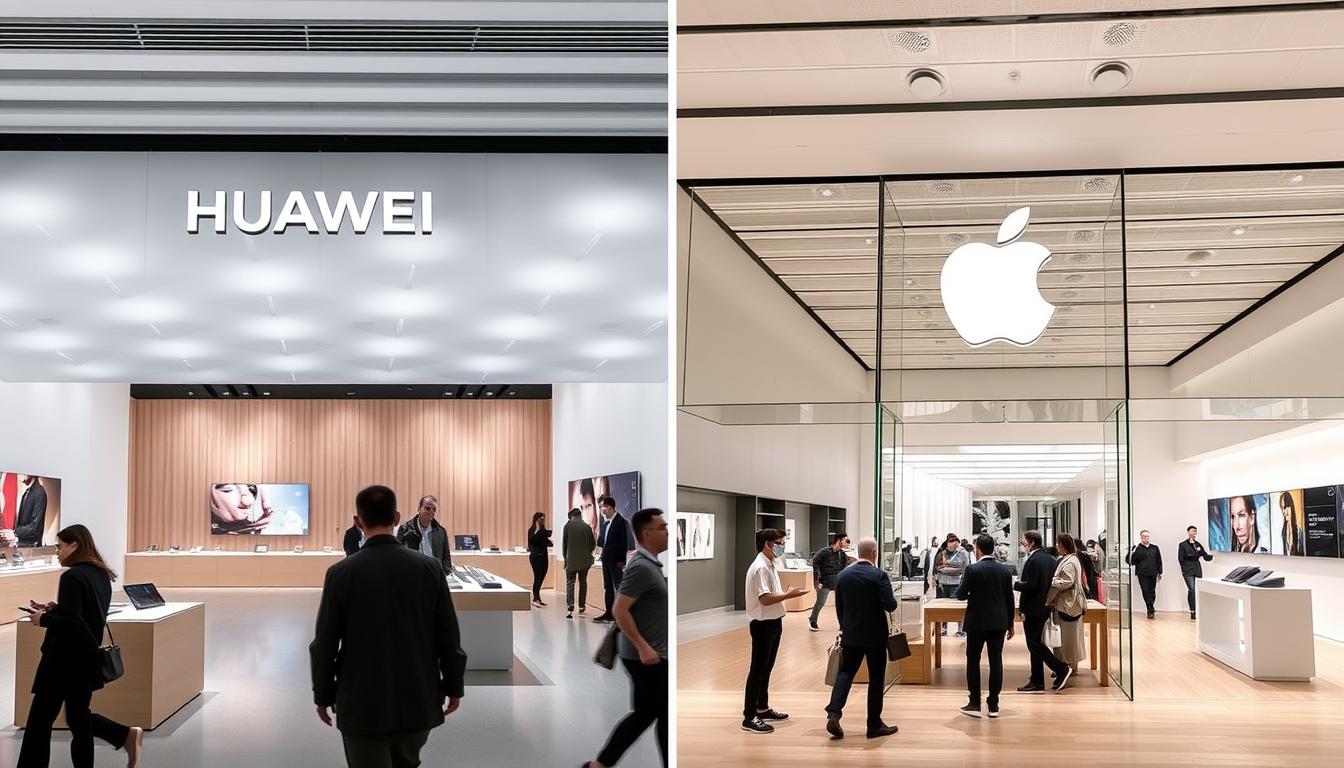
10. Strategic Challenges and Future Outlook
Geopolitical Factors
Huawei continues to navigate U.S. sanctions that restrict access to certain technologies and components. While these challenges have accelerated the company’s self-sufficiency efforts, they remain significant obstacles to global expansion. Within Asia, Huawei faces varying levels of restriction based on each country’s relationship with China and the United States.
Apple confronts increasing scrutiny from Chinese regulators and potential vulnerability to retaliatory measures in ongoing U.S.-China tensions. The company must balance compliance with Chinese regulations against global privacy commitments, creating potential conflicts in data governance.
Technological Roadmaps
Huawei is investing heavily in HarmonyOS development, aiming to create a comprehensive alternative to the Android-iOS duopoly. The company’s focus on “1+8+N” strategy (1 smartphone, 8 auxiliary devices, N IoT products) emphasizes ecosystem development. Advancements in AI capabilities and semiconductor self-sufficiency remain top priorities.
Apple continues its focus on incremental hardware improvements while expanding services revenue. The company’s AI strategy, including Apple Intelligence, faces implementation challenges in China due to regulatory requirements. Diversification of manufacturing beyond China represents a significant strategic shift for the company.
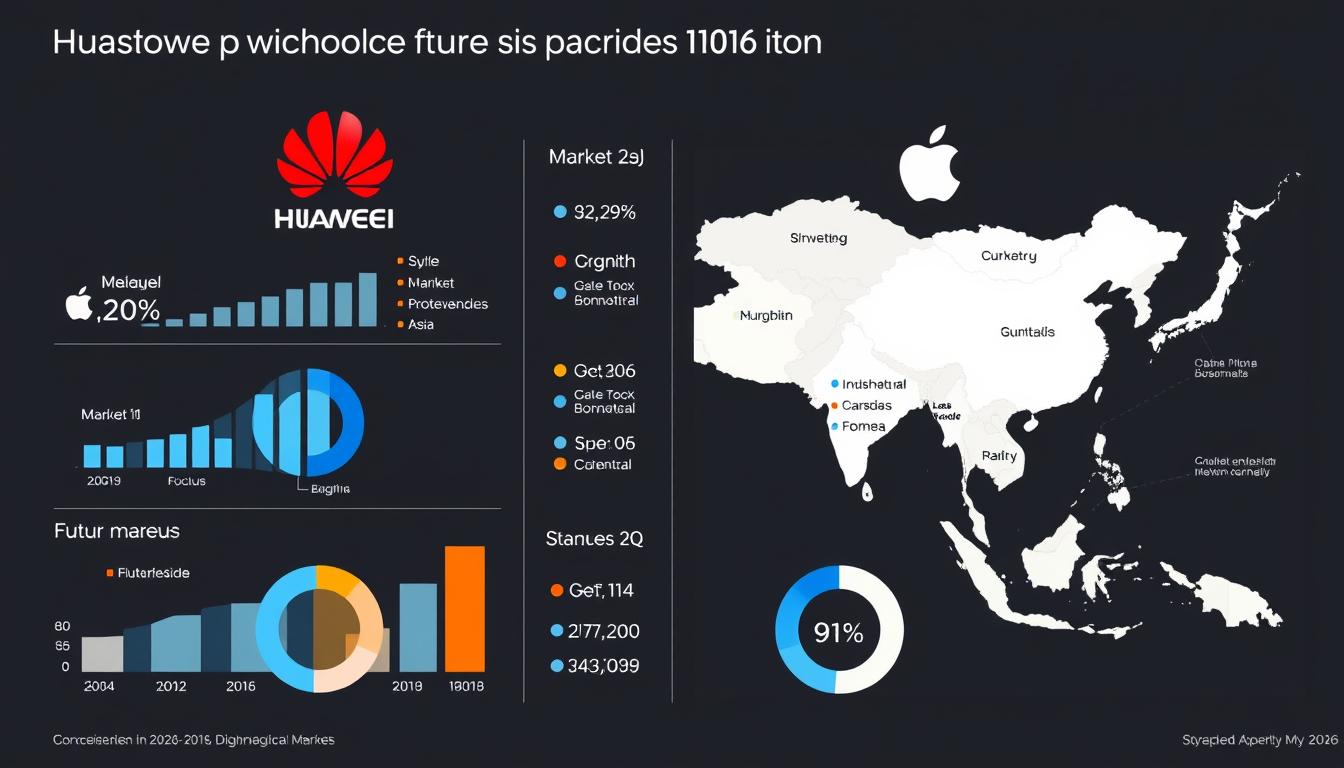
Market Evolution
The Asian smartphone market is maturing, with replacement cycles lengthening and feature differentiation becoming more challenging. Both companies are expanding into adjacent categories like wearables, smart home, and automotive technology to maintain growth. Huawei’s advantages in 5G infrastructure position it well for IoT expansion, while Apple’s services ecosystem provides recurring revenue opportunities.
Emerging markets like Vietnam, Indonesia, and India represent critical battlegrounds where both companies face strong competition from other Chinese manufacturers. Apple’s manufacturing investments in India signal its recognition of the market’s importance, while Huawei must overcome both regulatory challenges and entrenched competition.
Conclusion: A Dynamic Competitive Landscape
The competition between Huawei and Apple across Asian markets reflects broader technological and geopolitical dynamics. Huawei’s resilience in the face of international restrictions demonstrates the company’s innovation capabilities and strong domestic support. Its growing success with HarmonyOS represents a significant achievement in creating a viable alternative ecosystem.
Apple maintains significant advantages in premium segments and established markets like Japan and Singapore. The company’s ecosystem integration and brand prestige continue to resonate with affluent consumers across Asia. However, its dependence on Chinese manufacturing and vulnerability to regulatory pressures present ongoing challenges.
As both companies navigate evolving market conditions, their strategies will likely diverge further. Huawei appears positioned to strengthen its leadership in China while gradually rebuilding international presence through technological self-sufficiency. Apple will likely focus on services growth and premium positioning while diversifying its manufacturing footprint.
The ultimate question of Asian market dominance has no simple answer – each company leads in different segments, countries, and metrics. This competitive dynamic benefits consumers through accelerated innovation and provides a fascinating case study in how global technology companies adapt to regional market conditions and geopolitical realities.
